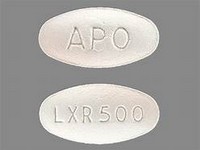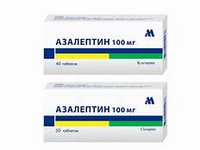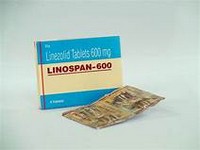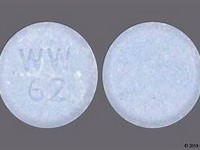Clobazam

Clobazam
CLINICAL USE
Benzodiazepine:Anticonvulsant AnxiolyticDOSE IN NORMAL RENAL FUNCTION
20–30 mg daily; maximum 60 mg daily (doses may be divided for anxiety and can go up to 80 mg)PHARMACOKINETICS
DOSE IN RENAL IMPAIRMENT
GFR (mL/MIN)
DOSE IN PATIENTS UNDERGOING RENAL REPLACEMENT THERAPIES
IMPORTANT DRUG INTERACTIONS
Potentially hazardous interactions with other drugsAntibacterials: metabolism possibly increased by rifampicinAntipsychotics: increased sedative effects Antivirals: concentration possibly increased by ritonavirDisulfiram: metabolism of clobazam inhibited; increased sedative effectsSodium oxybate: enhanced effects of sodium oxybate – avoidADMINISTRATION
Reconstition
–Route
OralRate of Administration
–Comments
–OTHER INFORMATION
Syrup is available Metabolised to active N-desmethylclobazam which may accumulateCauses less sedation than clonazepam There is a case report of clobazam being used to treat phantom limb pain at a dose of 10 mg 3 times a day.
See how to identify renal failure stages according to GFR calculation
See how to diagnose irreversible renal disease
Home








